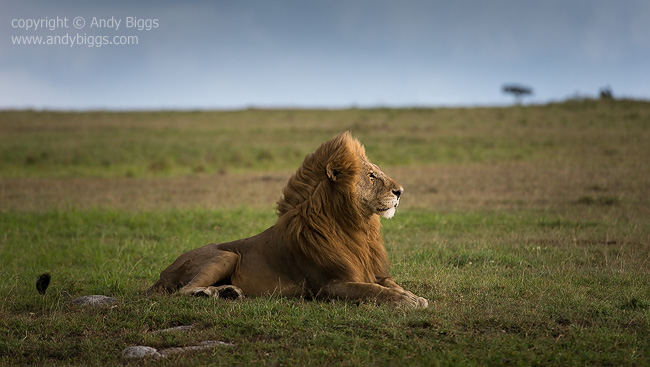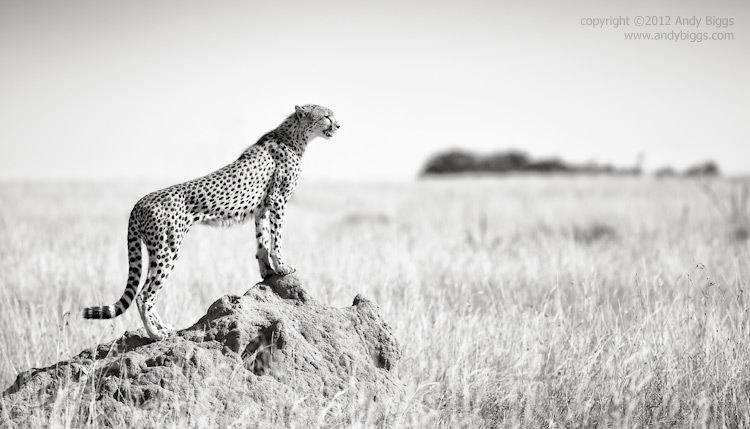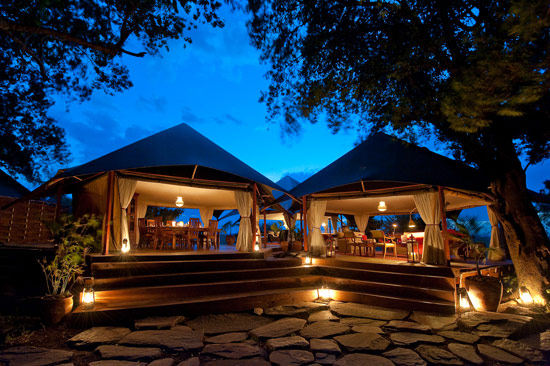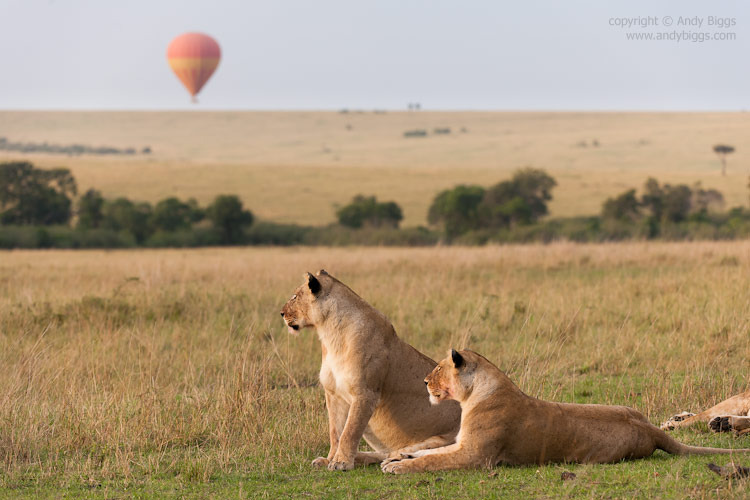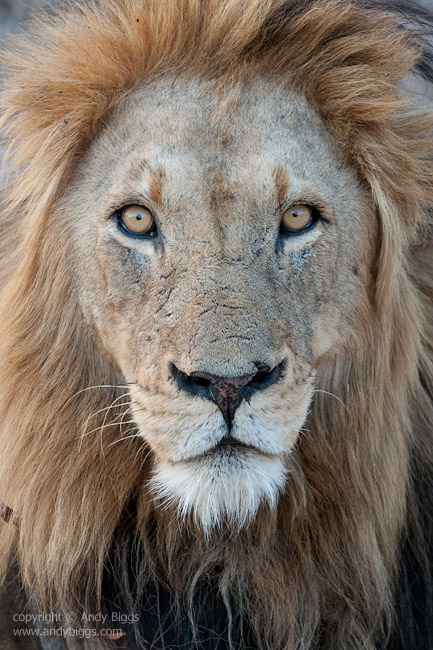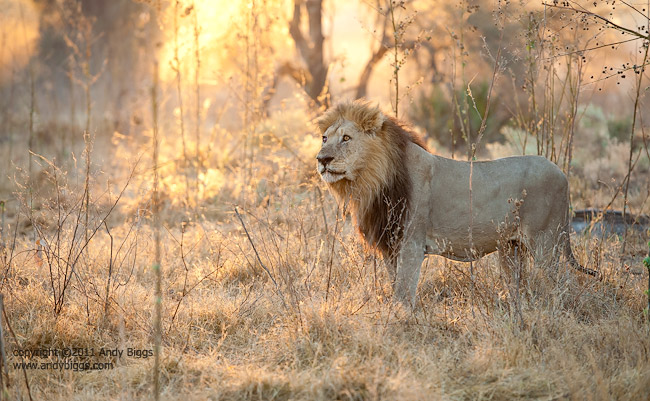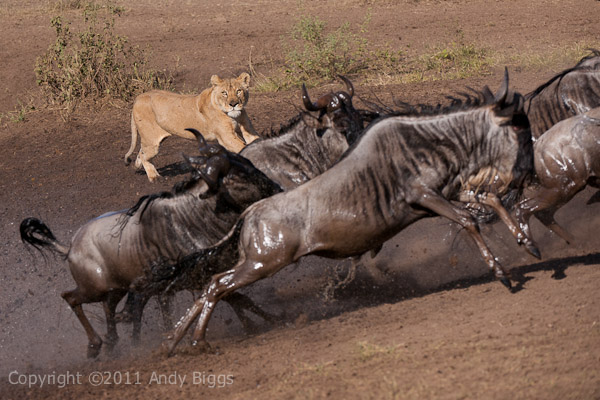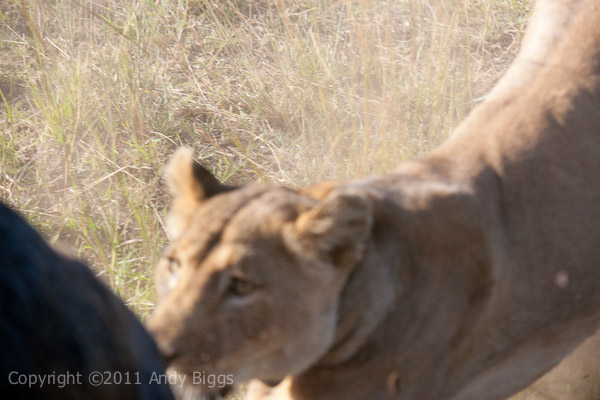Some people have emailed me and have confronted me on my opinions of the D800 versus D4 camera bodies, and I just want to be on record that my needs and desires might be completely different to others who use these tools. I am actually a good candidate for medium format digital equipment, as I don’t think that I need high frames per second as much as I need larger file sizes for bigger print reproductions. Your needs might be different than mine, and I don’t pretend to think my needs are similar or dissimilar to others. The D4 is a great camera and I just prefer the D800 over it. It’s just that simple.

Yellow Billed Horn Bill
Nikon D800, 300mm f/2.8 VRII, 1/1600 @ f/5, ISO 500
What about the Canon 5DMk3? Well, a few of my travelers have that camera on this trip and from what I see it is also an excellent camera. The autofocus is in a completely different league than that of the 5DMk2, and for that reason I can easily recommend it to wildlife photographers. Even though Nikon stole some thunder with the D800, the 5DMk3 is a much more capable camera than the camera that came before it. Since we don’t have the 1Dx out in the marketplace as of this blog post, I have absolutely no idea which one I would choose if I were still shooting with Canon. It is likely that I will rent an entire Canon kit for my pair of Botswana safaris this November, and I will be in a better position to have some opinions on the matter.
As far as sightings go, we had a hunting male leopard on some warthogs (unsuccessful hunt for him), a large male lion who was intent on finding other lions to socialize with and the finale for the day was…….drum roll please…….a mating pair of leopards. We had the most amazing afternoon, as we sat and watched the mating pair for at least 8 copulations. On one occasion the male mounted the female about 2 meters from my front seat in the Land Rover. Mating leopards are fascinating to watch, as the female instigates the action and the male follows suit. The male will bite the back of the female as a sign of domination and the female will growl back as the end nears. This action happened 8 times before the light faded and we needed to head back to camp. It had been a few years since I had seen mating leopards, and the sights and sounds were jaw dropping. Nature really has a way of impressing me.

Mating Leopards In The Road
Nikon D800, 300mm f/2.8 VRII, 1/200 @ f/5, ISO 2500 (not enough shutter speed!)

Mating Pair Of Leopards
Nikon D800, 300mm f/2.8 VRII, 1/500 @ f/3.2, ISO 2500

Nikon D800, 300mm f/2.8 VRII, 1/1250 @ f/4.5, ISO 400
Camera bags on this safari are sponsored by Gura Gear, which I started in 2008. Check us out. We make the best camera bags on the planet.
Some of the gear on this safari has been provided by Borrowlenses.com. I rely on borrowlenses.com for both my own needs as well as my safari travelers’ needs. When we need big lenses, cameras or anything else photographic, we turn to borrowlenses.com to help out. They are the best resource in the industry for traveling photographers.
 Sunday, March 1, 2015 at 01:36PM
Sunday, March 1, 2015 at 01:36PM 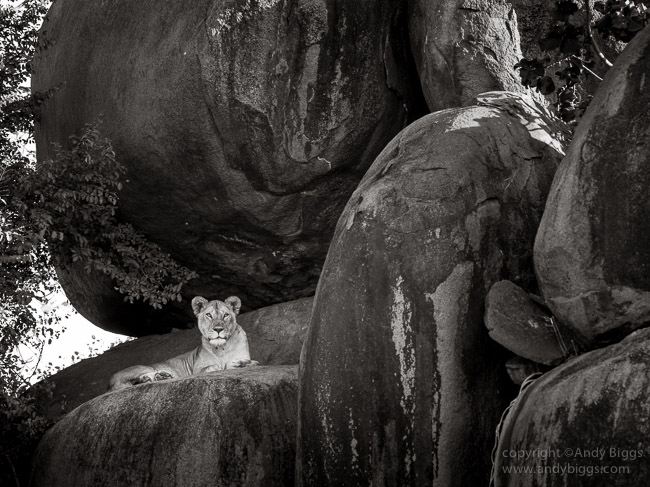
 Lion,
Lion,  Serengeti,
Serengeti,  Tanzania in
Tanzania in  News,
News,  Photo of the Day
Photo of the Day 


